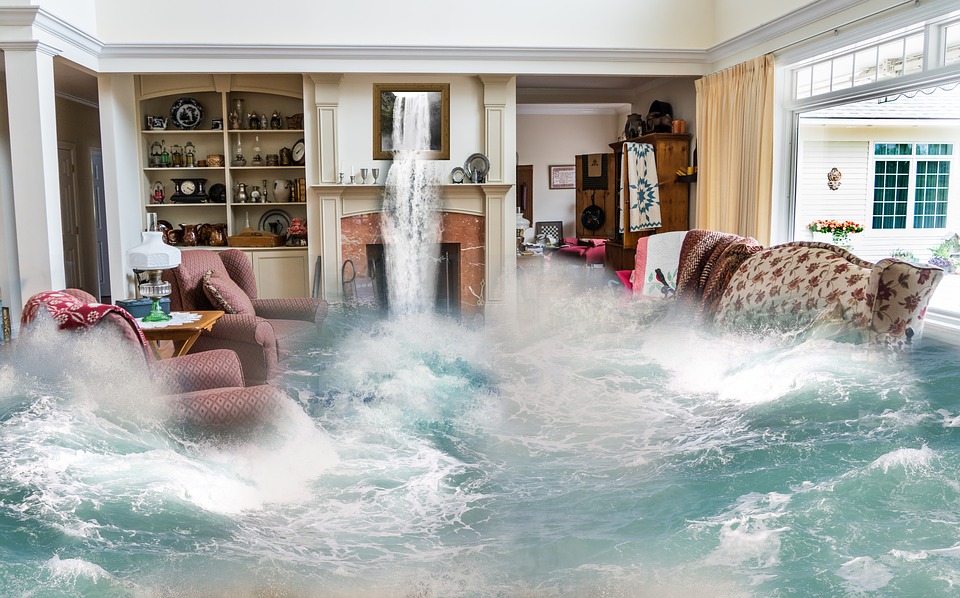
The world of insurance is a complicated one as you can insure pretty much anything. In regards to a house you can insure that in a number of different ways which includes:
- Home insurance
- Landlords insurance
- Buildings only insurance
- Contents only insurance
I will also talk about what they will cover you against:
- Perils
But which one do you need and which one will best suit your needs? Well in these blogs I’m hoping I can break down some of the technical jargon and help you better understand which type of house insurance is best for you.

Home Insurance
Let’s start with home insurance as this is the most common one and the one that you will more than likely have. Home insurance usually will include both buildings and contents cover, for those of you that don’t know what they are:
Covers the building itself, the land it sits on and everything that is fixed and fitted to the house for example fitted kitchens, bathrooms and fitted wardrobes.
Covers everything else. An easy way to explain contents cover is; if you tipped your house upside down, everything that falls out that is classed as your contents. This includes things such as televisions, drawers, chairs etc.
As you can see from the above this covers quite a lot of your home. There are a couple of insurance terms that you may not fully understand and they are ‘New for Old’ and ‘Indemnity/Wear and Tear’ and these usually apply to your contents insurance. These are the differing ways that you can choose to insure your contents (just to make matters more complicated); yes you can insure your contents in one of two ways:
New for Old
If you your dishwasher breaks and it is 5 years old instead of being given a 5 year old dishwasher to replace it, you will be given a brand new one. It is important to note however that you could be offered the cost of repairing the damage instead. New for old cover does allow you to rest easy because even if an item is damaged beyond repair you will be given a new one by your insurance company. Even if the exact item is no longer available, you should still receive enough financial compensation for you to buy a new or similar item.
Indemnity
Indemnity cover, also be known as ‘wear and tear’ cover, compensates you for the loss of your item. This means that the insurance company will provide you with the equivalent of what you had before; that is, they will put you back to the previous position. For example if you brought a computer several years ago for £500 but that make/model is no longer available, £500 is the sum you would get from the insurance company even if it would now cost you more to replace.
New for Old Insurance tends to be more expensive but will cover you for most eventualities, whereas Indemnity insurance is cheaper as insurance companies don’t have to pay out as much. This is due to the fact they don’t have to meet the full cost of replacing items that are damaged or stolen.
Now I’m going to add another element into the mix and that is ‘Accidental Damage Cover’, this does pretty much what it says on the tin it will cover you if something breaks because of an accident. This can normally be added on to a ‘New for Old‘ insurance policy as that is classed as better cover; it can be added onto Indemnity but not often. Whether you can include it depends on the insurance company.
Accidental Damage Cover
If you don’t have this included on your policy, it means that if you spill red wine on a cream carpet and need to replace it, your insurance company will not pay out because this is classed as an accident and not ‘wear and tear’. Accidental damage covers most eventualities that may happen in the home, so it is a good additional layer of cover to have on your policy. Accidental damage cover will provide complete peace of mind knowing that you’re covered if anything was to go wrong. However it is important that you always read the policy booklet given in your insurance pack as even accidental damage cover can still have some exclusion’s which may not be covered, though these tend to be minimal.
I have mainly discussed the ‘contents’ aspect of home insurance here, as most household insurance claims are contents related. I wanted to briefly touch on buildings insurance as again; there are two ways in which you can insure them, and those are Standard Insurance and Accidental.
Standard Insurance
Standard insurance provides cover you for fire, explosion, storms, floods, earthquakes, theft, subsidence, and aircraft damage. Additional protection including damage from burst pipes and fallen trees may be included, though you should always check your policy documentation to ensure you are aware and happy with the cover provided.
Accidental Insurance
Provides cover in the event of an accident; for example if you were having construction work undertaken on your home which required a mini digger, and it accidentally crashed into your house, knocking down a wall – this would be covered. Again, we always recommend that you check your policy wording and documentation as different insurance companies offer different cover.
I hope this has cleared up many questions you may have had regarding home insurance.
If you do have any more questions, please feel free to leave a comment with your question below. You can also click our “Get A Quote” for a competitive home insurance quote via the button below.
Next week I will be talking about Landlords Insurance, if you have any questions you would like answering on this please leave a comment below, or on our Social Media profile, and I will answer it in next Friday’s blog.

